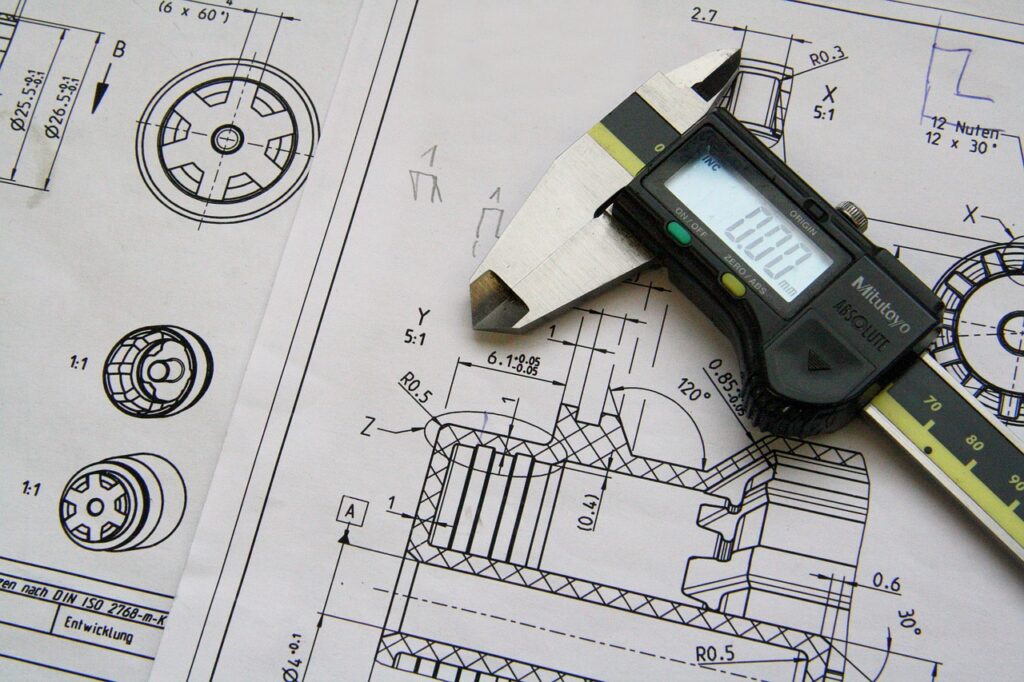The Key Ingredients For Successful Mechanical Artwork
Have you ever wanted to create a stunning piece of mechanical artwork but weren’t sure where to start? In this article, you will discover the key ingredients for successful mechanical artwork. From the tools you need to the techniques you should master, we will cover everything you need to know to create your own masterpiece. So, grab your gear and let’s dive into the world of mechanical artwork.
Choosing the Right Tools
When it comes to creating mechanical artwork, having the right tools is essential. From precision cutting tools to specialized measuring devices, each tool plays a crucial role in bringing your vision to life. Before you start working on your project, take the time to gather all the necessary tools and make sure they are in good working condition.
Essential Materials
Just like having the right tools, using the right materials is key to creating successful mechanical artwork. Whether you prefer working with wood, metal, or a combination of materials, choosing high-quality materials will ensure that your artwork is durable and long-lasting. Experiment with different materials to find what works best for your style and vision.

Understanding Mechanical Principles
To create intricate and fascinating mechanical artwork, you need to have a solid understanding of mechanical principles. From basic concepts like gears and pulleys to more advanced principles like torque and friction, knowing how these elements work together will help you design and build your artwork with precision and accuracy.
Sketching and Planning
Before you start cutting and assembling your materials, it’s essential to sketch out your design and create a detailed plan. By visualizing your artwork on paper, you can identify potential issues, make adjustments, and ensure that your final piece will meet your expectations. Take the time to refine your sketches and create a comprehensive plan before moving on to the next step.

Precision Cutting Techniques
Precision cutting is a fundamental skill in mechanical artwork. Whether you are cutting wood, metal, or other materials, accuracy is key to creating intricate and well-crafted pieces. Invest in high-quality cutting tools and practice your cutting techniques to achieve clean edges and precise cuts.
Assembly Techniques
Once you have cut all your materials to size, it’s time to assemble them into your desired design. Whether you are working with nuts and bolts, glue, or other joining methods, mastering assembly techniques is essential for creating sturdy and visually appealing artwork. Take your time during the assembly process to ensure everything fits together perfectly.

Incorporating Movement
One of the most exciting aspects of mechanical artwork is the ability to incorporate movement into your designs. Whether you are creating a kinetic sculpture or a moving mechanical model, adding movement can bring your artwork to life and captivate viewers. Experiment with different mechanisms and techniques to introduce dynamic elements into your creations.
Finishing Touches
Once you have completed the construction of your mechanical artwork, it’s time to add the finishing touches. Whether you prefer a sleek metallic finish, a rustic patina, or a vibrant coat of paint, the finishing touches can enhance the overall look of your piece. Experiment with different finishing techniques to find the perfect aesthetic for your artwork.
Maintenance and Care
To ensure that your mechanical artwork remains in top condition, it’s essential to maintain and care for it properly. Regular cleaning, lubrication of moving parts, and inspection for wear and tear are all essential maintenance tasks. By taking good care of your artwork, you can enjoy it for years to come and prevent any potential issues from arising.
In Conclusion
Creating successful mechanical artwork requires a combination of skill, creativity, and patience. By choosing the right tools and materials, understanding mechanical principles, and mastering essential techniques, you can bring your artistic vision to life. Whether you are a seasoned artist or a beginner, the key ingredients outlined in this article will help you create stunning and unique mechanical artwork that will impress and inspire others. So, roll up your sleeves, unleash your creativity, and start working on your next masterpiece.

